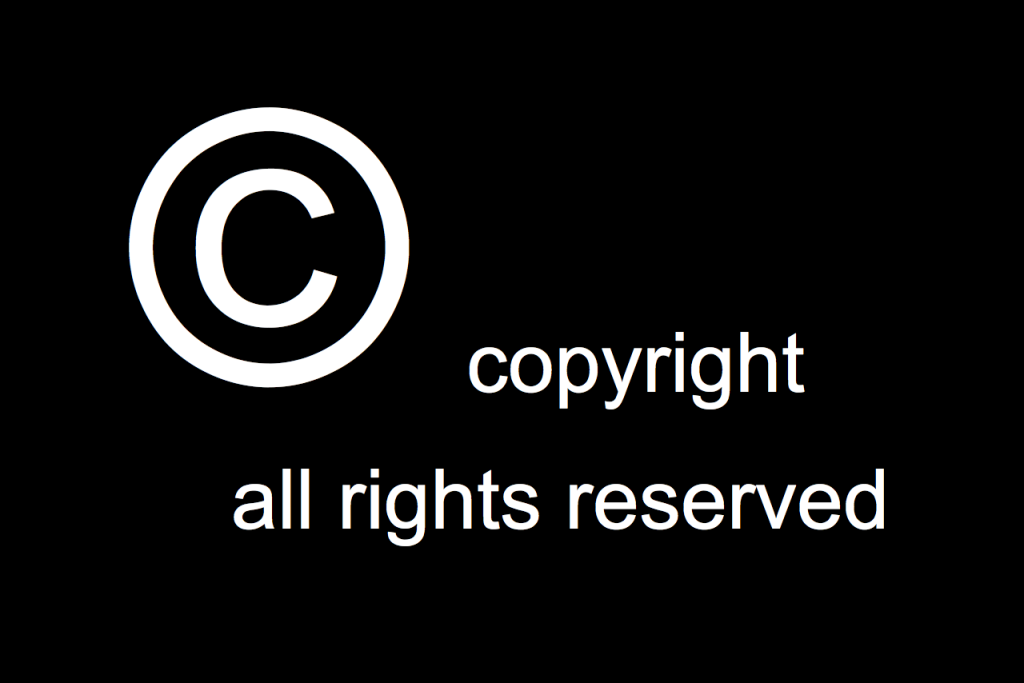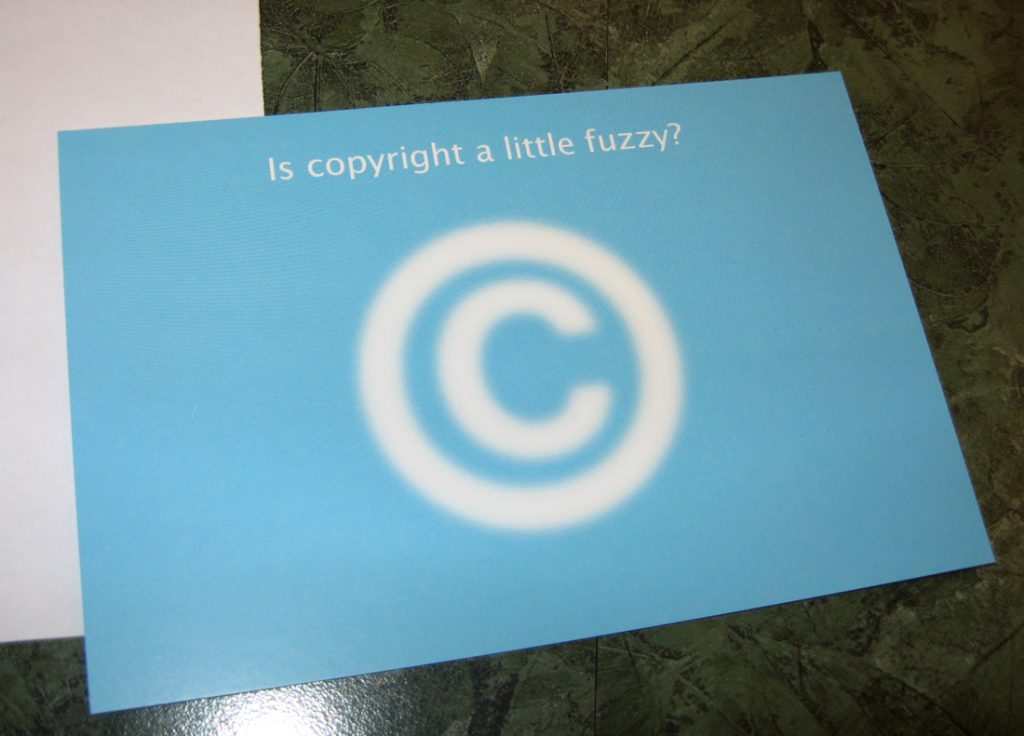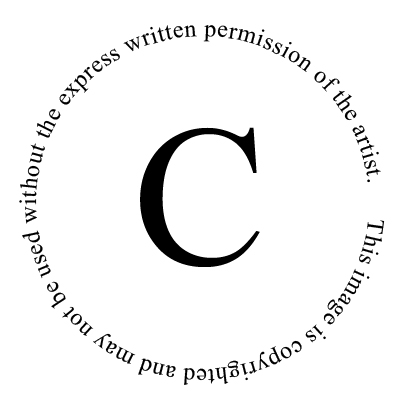
“Copyright Symbols” by MikeBlogs is licensed under CC BY 2.0.
Introduction
In the era of digital development, copyright has become particularly important, and the form of copyright has also changed. The digital age has revolutionized how we create, consume and distribute content. Copyright is a battle between protection and innovation, and finding a balance between complex use and infringement has become particularly difficult in the digital age. As society enjoys the benefits of information transparency, people gradually become indifferent to copyright awareness. Major search engine websites have been committed to maintaining a balanced relationship between creators and consumers for many years, allowing users to navigate complex online copyrights. This blog explores copyright awareness in the digital age and delves into its profound impact on creators and consumers. This article will analyze real-world examples to explain how copyright in the digital age has reshaped the relationship between consumers and creators, and explore the meaning of copyright in the context of the digital age from the different perspectives of creators and consumers.
Copyright in the Digital Age: Navigating Challenges
In the digital age, tracking the use of protected material is difficult. When information or material is posted on the Internet, it can be copied and used countless times by Internet users from around the world, with no known purpose. As digital technology gradually improves, more Internet browsing technologies become more customized, which creates more opportunities for consumers to obtain information for free. When copying becomes easier, the lack of awareness of copyright will be used for the benefit of users.
In the digital age, materials on the Internet will be copied and shared rapidly, making it impossible to determine the ownership of the information and therefore the copyright holder. This happens again when consumers become content creators, thus closing the loop. The Internet collects and integrates the entire world’s information and content into a community, which will make enforcement of copyright laws more difficult. Regulating cultural content under different regional legal systems can be an extremely time-consuming task. Therefore, in the context of the digital age, consumers benefit from rapid copying and distribution, often consciously or unconsciously sharing copyrighted content without authorization.
Copyright in the Digital Age: Embracing Opportunities
In response to the challenges of copyright in the digital era, technology companies and platforms have also made corresponding policies in pursuit of a balance between creators and consumers (Gray, 2020). You Tube has developed a content protection function, and content creators will use Content ID to share content on the platform and make money from it (Gray, 2020). This system allows creators to achieve a balance between content sharing and infringement, and the profit model will attract more outstanding creators to create new creations. Creators can also give consumers different information usage rights in the form of creative sharing, which promotes collaboration and knowledge sharing but still respects copyright (Concil, 2013). Compared with the old media forms of the last century, the new media forms use tiered payment and content payment to create innovative profit models while protecting copyright. Compared with the traditional sales model of information, thanks to the speed of information circulation in the digital era, the new profit model provides a stable income stream for content creators.
The Internet has eliminated geographical boundaries and created more opportunities for more grassroots artists to present their works to audiences. This can greatly help content creators who have the ability but lack opportunities (Cantatore, 2014). For fans, online platforms facilitate communication between fans and creators and allow fans to participate in the creative process in a more direct way. The optimization of online platform functions provides opportunities for collaborative creation among creators. Creators can collaborate through online documents to combine more ideas and create new content. Similar capabilities also create more opportunities for education. Traditional media is not perfect in preserving creators’ content. Paper content is more likely to be damaged or lost, making it inconvenient for consumers to find relevant content (Hua, 2014). Content creation in the digital era will be better preserved online. Cloud storage will provide creators with a good space to save their works, and search engines will provide consumers with a more convenient way to find the content they need.
The digital age has subverted the traditional creative process and also provided more potential opportunities for creators and consumers to create more works. These opportunities will become a communication platform to contribute to better creation. As society faces these forms of the digital age, respecting creators’ original content and platforms’ policies on copyright are particularly critical (Hua, 2014).
Unraveling Copyright Infringement: A Closer Look at Australia’s Digital Landscape
Although the platform will protect copyright in the form of content payment, some consumers will still obtain more benefits through infringement. A survey of 2,630 Australians found that 43% had committed infringements. 39% said that legal content is expensive and if the payment was more reasonable, infringement would stop. 38% said they would stop infringing if Australia could screen more overseas films. This shows that most people’s infringement occurs in movies and videos, and the huge number is enough to worry film workers.
Taylor Nelson Sofres Australia research shows Australian copyright infringers consume an average of 254 million music tracks, 95 million movies, 82 million TV shows and 9 million video games annually.
The Australian government passed anti-piracy legislation requiring ISP to block access to infringing websites. Most creators are still concerned about the effectiveness of this measure, since even a regular user knows how to skip it. The legislation also requires ISP to remind consumers of prohibited piracy and infringement and encourage users to use legal content. Matt Levey of Consumer Rights Group said most pirates said ISP letters did not make them feel guilty or have any real impact, making the government’s measures seem futile. usefulness. Therefore, from the perspective of creators, this policy does not help them meet expectations. The disadvantage of being difficult to track Internet infringement is infinitely magnified.
Looking Ahead
Digital age has developed creativity and collaboration capabilities to their peak, but the protection of copyright has not been achieved to the extreme. The relationship between content creators and consumers is also difficult to achieve a complete balance. Although the government and media platforms continue to open new policies and functions to assist creators in protecting their legal rights, the proliferation of infringers still cannot get a good solution. solution. Content creators are the foundation of culture in every community. It is crucial to safeguard their rights and ensure that their work and creative ideas are rewarded accordingly. In the digital environment, how to take advantage of the advantages of creators to maximize their capabilities is something that the entire society needs to think hard about. Consumers’ copyright awareness should be part of education so that the awareness of copyright is no longer indifferent. Encouraging responsible consumption of content, avoiding infringement, and supporting a tiered consumption model of legal platform content is an indispensable step in promoting responsible consumer behavior. Digital platforms are a challenging space and the future of copyright remains full of energy and opportunity.

“Is copyright a little fuzzy?” by liako is licensed under CC BY-SA 2.0.
Reference
Cantatore, F. (2014). Authors, copyright, and publishing in the digital era. IGI Global. https://doi.org/10.4018/978-1-4666-5214-9
Council, N. R., Affairs, P. and G., Board on Science, T., Era, C. on the I. of C. P. on I. in the D., Raduchel, W. J., & Merrill, S. A. (2013). Copyright in the Digital Era: Building Evidence for Policy (1st ed.). National Academies Press. https://doi.org/10.17226/14686
Frisse, M. E., & Tolva, J. N. (1996). The commerce of ideas: copyright in the digital era. Academic Medicine, 71(1), 45–53. https://doi.org/10.1097/00001888-199601000-00017
Gray, J. E. (2020). Google Rules: The History and Future of Copyright Under the Influence of Google. Oxford University Press. https://doi.org/10.1093/oso/9780190072070.001.0001
Hua, J. J. (2014). Toward A More Balanced Approach: Rethinking and Readjusting Copyright Systems in the Digital Network Era (2014th ed.). Springer Berlin Heidelberg. https://doi.org/10.1007/978-3-662-43517-5
Mogol, N., & Crudu, R. (2023). CHALLENGES AND STRATEGIES FOR COPYRIGHT PROTECTION IN THE DIGITAL ERA. Journal of Social Sciences (Chişinău) (Online), 5(4), 6–19. https://doi.org/10.52326/jss.utm.2022.5(4).01



